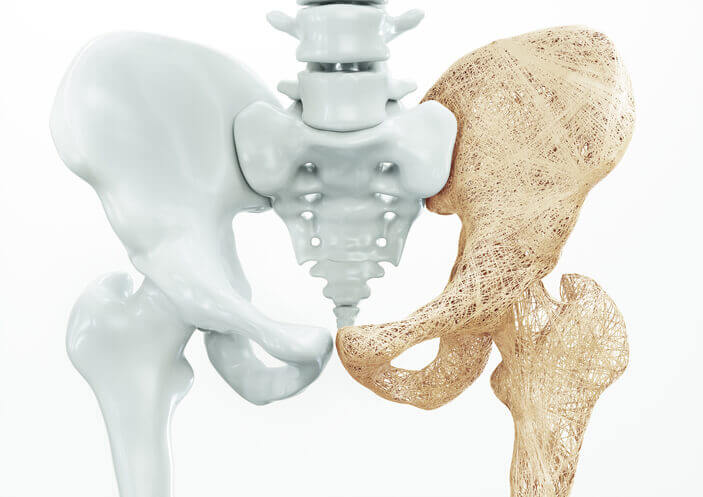Hip fractures are a serious injury that commonly affects older adults but can occur in younger individuals as well. Understanding the causes, identifying the risk factors, and following recovery tips are essential for better management and prevention of further complications.
What Are Hip Fractures?
A hip fracture refers to a break in the upper part of the thigh bone (femur) near the hip joint. These fractures often require immediate medical attention and can significantly affect mobility and independence.
Causes of Hip Fractures
Several reasons can lead to hip fractures, including:
- Falls – The most common cause, especially in elderly people with weaker bones.
- Accidents – Road accidents or sports injuries can result in fractures.
- Osteoporosis – A condition that weakens bones, making them more susceptible to breaks.
- High-impact trauma – Activities like running or heavy lifting may cause stress fractures over time.
Risk Factors of Hip Fractures
Not everyone faces the same likelihood of developing hip fractures. Key risk factors include:
- Age – Older adults are at higher risk due to bone density loss.
- Gender – Women are more vulnerable because of post-menopausal bone changes.
- Medical conditions – Disorders like arthritis or endocrine problems may contribute.
- Lifestyle choices – Poor diet, smoking, and lack of physical activity weaken bones.
- Genetics – Family history can increase susceptibility.
Recovery Tips for Hip Fractures
Recovery after a hip fracture requires time, patience, and medical support. Important steps include:
- Surgery and Rehabilitation – Hip replacement or fixation, followed by physical therapy.
- Pain Management – Medications to reduce discomfort and support mobility.
- Exercise – Gentle strengthening exercises improve balance and muscle strength.
- Nutrition – A diet rich in calcium and vitamin D helps restore bone health.
- Fall Prevention – Making homes safer by using handrails and avoiding slippery surfaces.
Conclusion
Hip fractures can greatly impact daily life, but with proper treatment, awareness of causes, and management of risk factors, recovery is achievable. Early intervention makes a significant difference in outcomes.
Focusing on rehabilitation, diet, and safety practices ensures smoother recovery. Preventive care and lifestyle changes are the best way to lower the chances of future hip fractures.

